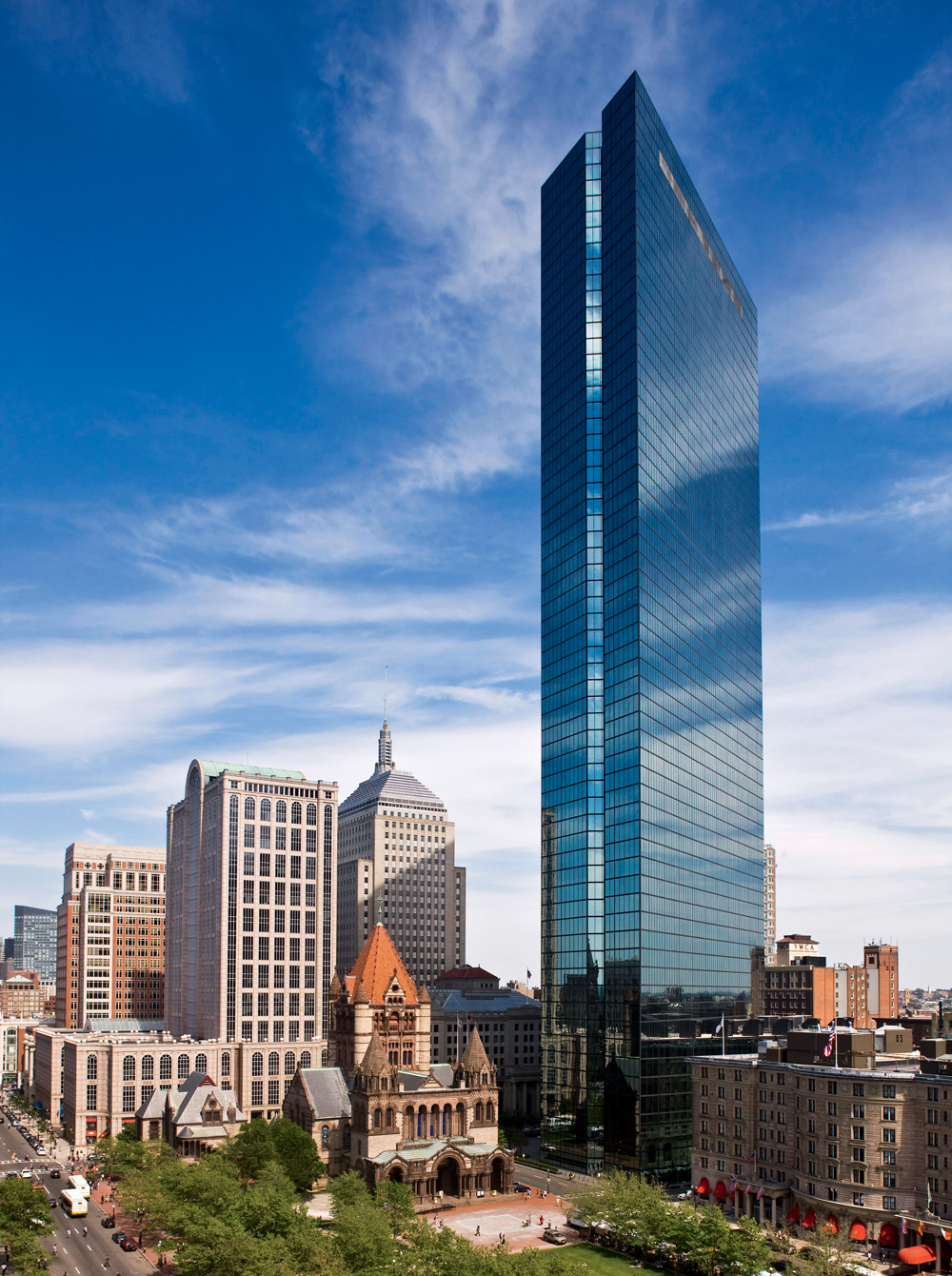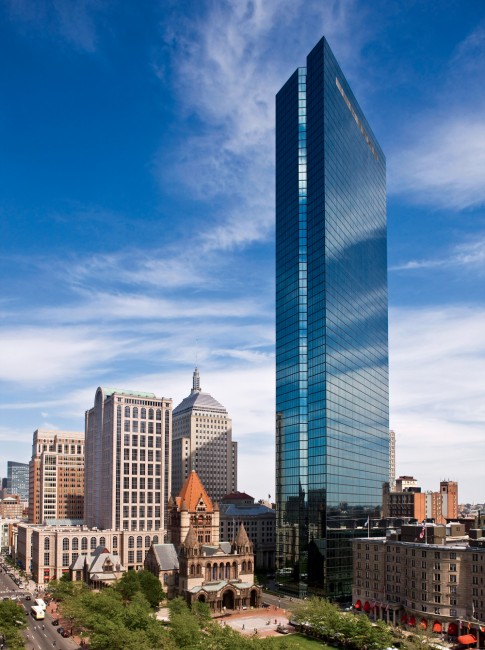The John Hancock Tower | Up Close
The John Hancock Tower—the tallest building in New England—turns 40 in 2016, but it wasn’t always heralded as the modern architectural feat that it is. From its groundbreaking in 1968 to its purchase in 2010 by Boston Properties Inc., Boston’s John Hancock Tower—now branded “200 Clarendon,” after its street address—has endured a history rife with […]

Coffee By Design | Portland, Maine
Photo Credit : Katherine KeenanThe John Hancock Tower—the tallest building in New England—turns 40 in 2016, but it wasn’t always heralded as the modern architectural feat that it is.
From its groundbreaking in 1968 to its purchase in 2010 by Boston Properties Inc., Boston’s John Hancock Tower—now branded “200 Clarendon,” after its street address—has endured a history rife with falling windows, corporate mischief, and, well, let’s say a complicated relationship with gravity.
Photo Credit : Atlantide Phototravel/Corbis
The tower’s signature glass windows reflect the sky above and the city below, creating a stunning visual amid Boston’s historic buildings. John Hancock Mutual Insurance, which commissioned the 790-foot tower, had been located in the Back Bay for some time, along with fellow insurance giant Prudential. When Prudential dwarfed the old John Hancock building with its 52-story tower in 1964, John Hancock countered with its 60-story rebuttal just a few years later.
Henry N. Cobb, a native Boston architect with I. M. Pei & Partners, reportedly designed the Modernist-style tower in less than two months in the fall of 1967. Cobb has had an illustrious career in the ensuing years, but he didn’t set foot in the building for nearly 20 years after storming out one day, angry over the internal renovations and calling it “wrecked.”
Construction woes hampered the project from the beginning. When excavating for the foundation, something in the bedrock shifted, causing cracks in nearby buildings and ruptures in utility lines. Neighboring Trinity Church sued for (and won) $11.6 million in damages. It was only the first in a series of setbacks that would put the project five years behind schedule and $100 million over budget.
On the night of January 20, 1973, 75 mph winds widened microscopic cracks in the brittle upper-floor windows, beginning a two-year-long cascade of glass onto the streets below. No one was hurt, thanks to the watchful eyes of binocular-equipped lookouts in Copley Square (who were paid $4.05 an hour for their service). Ultimately, only 65 windows fell, but all of the building’s 10,344 windows had to be replaced, to the tune of $7 million. In the meantime, the gaps were covered with plywood, from which the nickname “Plywood Palace” (one of the project’s nicer monikers) stemmed.
The old windows that didn’t meet a bitter end on Boston’s sidewalks were later sold to various buyers and have wound up in antiques shops and as works of fine art all over the country. They’re also popular as coffee-table tops.
The tower’s signature rhomboid shape also caused some headaches. After reports that the building swayed too much in high winds, Cobb sent for Swiss engineer Bruno Thurlimann. His 1975 report concluded that the tower was at serious risk of toppling over sideways (like a book falling over on its spine instead of its cover), and so 1,650 tons of extra steel reinforcements were installed, for $5 million.
Although it might once have been a joke among architects and Boston residents, the building formerly known as the John Hancock Tower has become one of the city’s best-loved structures. Cobb’s innovative and risky design laid the groundwork for some of the 20th century’s most prolific architectural masterpieces, the rewriting of sections of the city’s building codes, and a revolution in structural engineering. As the New York Times wrote of the tower in 1988, perhaps echoing the words of another New England icon: “The real lesson in the long Hancock tale is that it reminds us of the rewards that can even-tually come to those who pursue a different road.”







